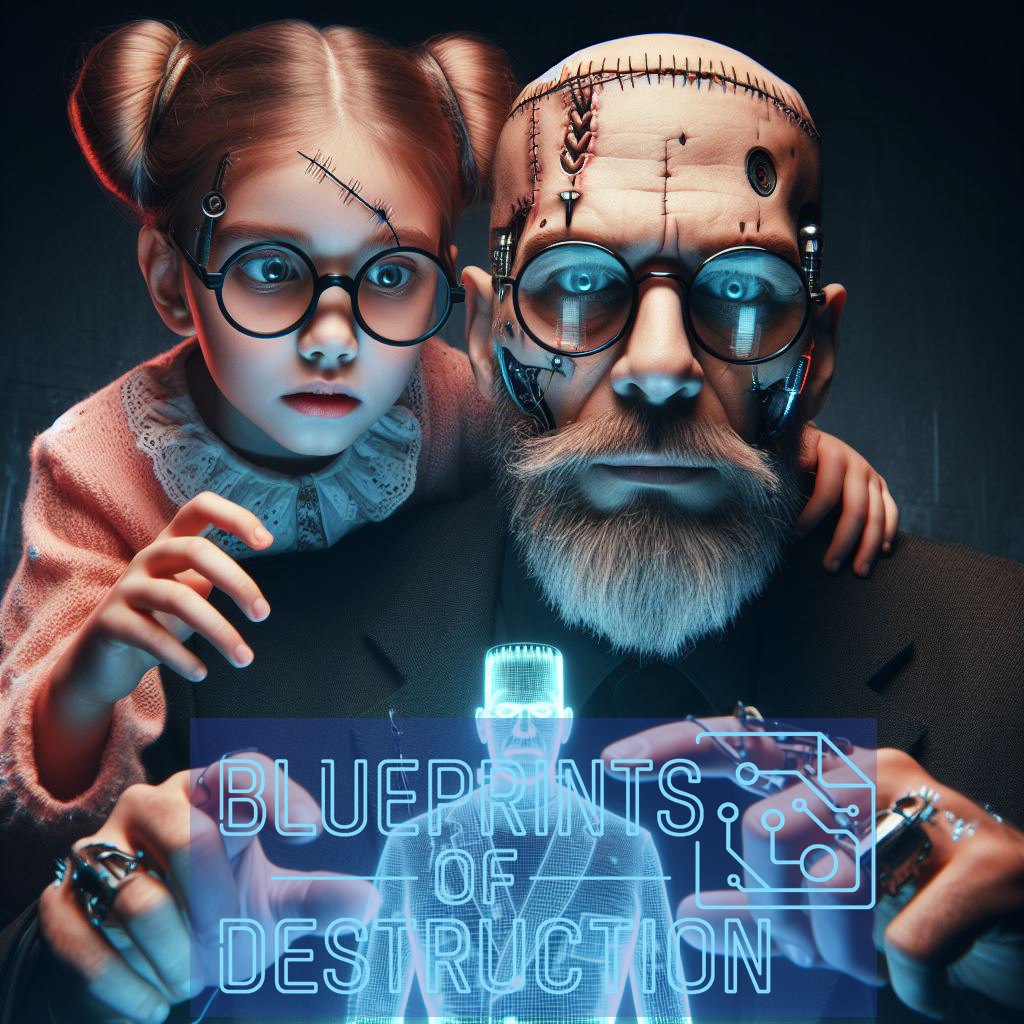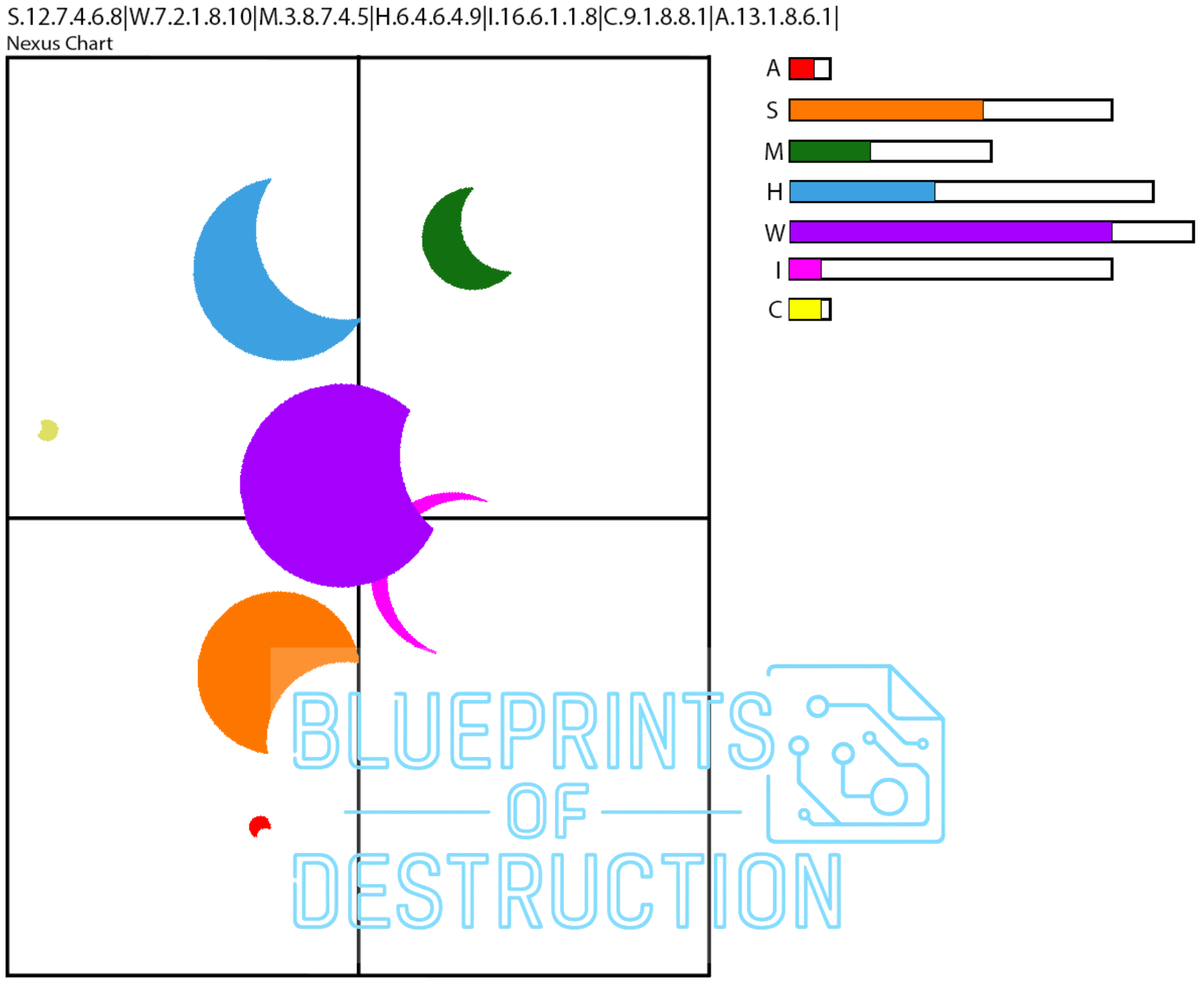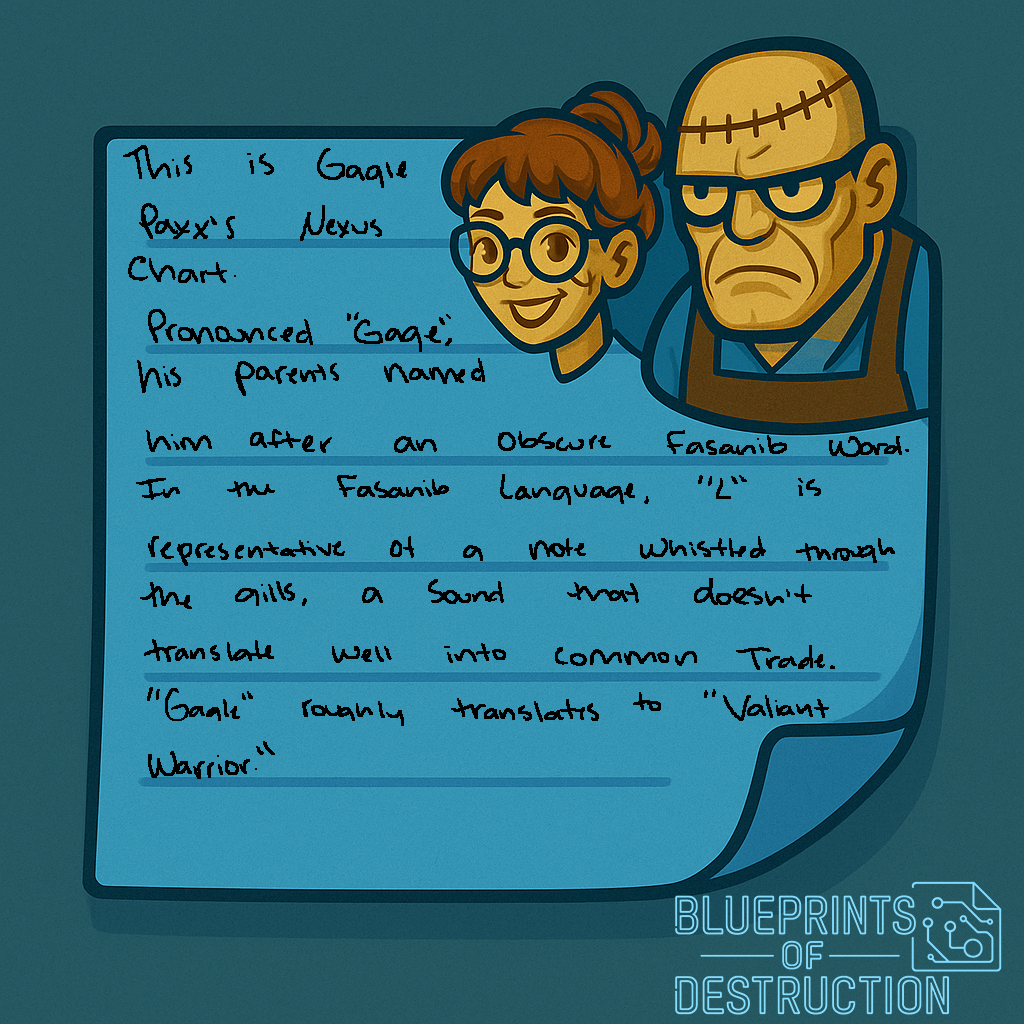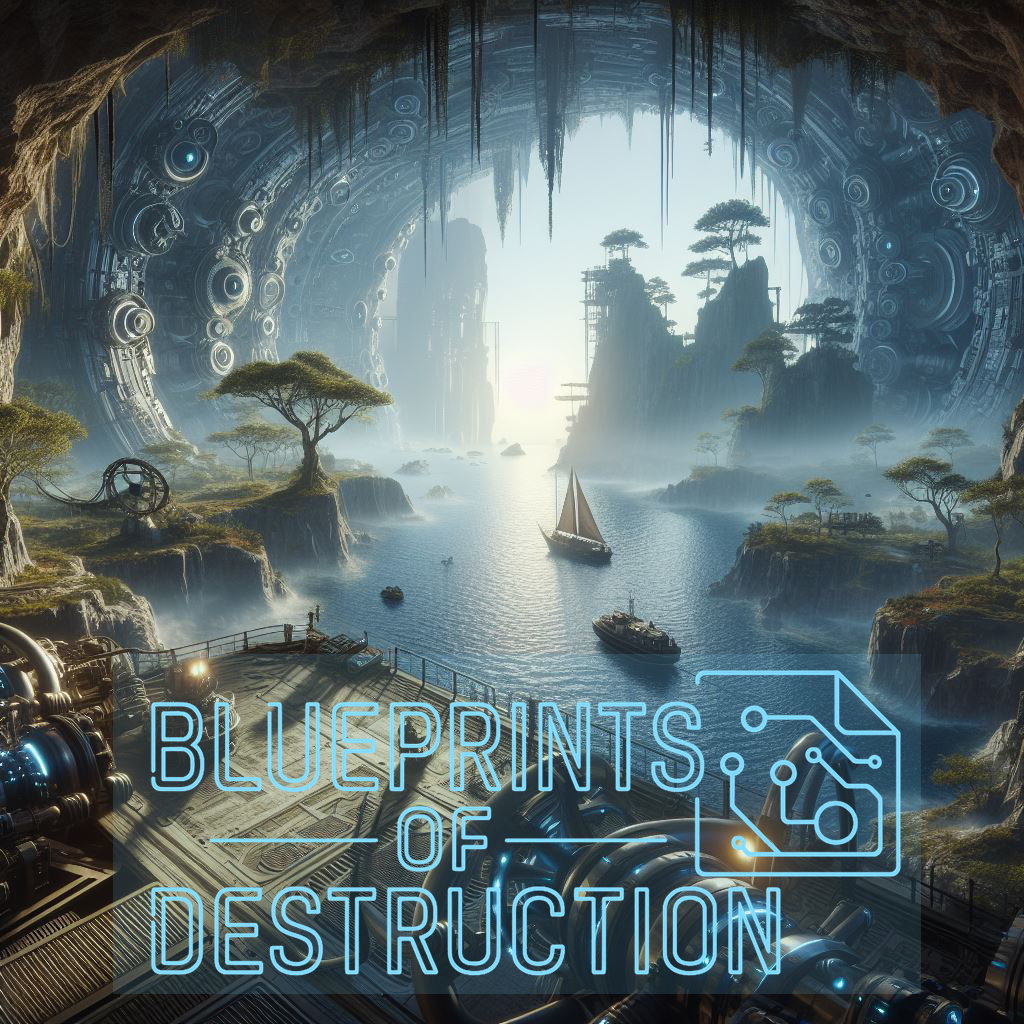- Home
- Creating Characters for a Book
- How to Create a Character
How to Create a Character
How to Create a Character
While first developing CMDs (Character Motivation Diagrams) in learning how to create a character, Frank and Lucy were satisfied with aggression being the only quantifiable emotion. After all, their stories orbited conflict. However, as they continued through the process of story development and world-building, it became clear that only focusing on one emotion wasn't enough for a well-rounded character. Everything took on either a red, hostile haze or had no emotion whatsoever. Frank and Lucy soon realized that this would not be sustainable long-term.
How to Create a Character with the Nexus Chart
To capture a more nuanced emotional spectrum, Frank and Lucy developed a new system, still categorized as a "conflict motivation diagram (CMD)," now refined into the Nexus diagram. Aggression moved from the original "Conflict Motivations" chart and was introduced to the newly created "Nexus." Aggression is a primal instinct, but functions in an almost binary way. You are either angry, or you aren't, and in the process of how to create a character, that simply isn't subtle enough.

This updated chart introduced six additional core elements, in addition to aggression: sociability, mental strength, honesty, wisdom, insecurity, and confidence. While the Nexus still does not represent the full scope of human emotions, it provides a far more comprehensive view. This gave Frank and Lucy a much more solid understanding of the character's emotional outlook when examining a conflict or a simple interaction between characters.
How to Create a Character: Internal Versus External Development
While the Conflict Motivation Diagram focuses on external factors, the Nexus describes the internal. Without knowing what is happening within your characters, it can be challenging, if not downright impossible, to know how they will respond to the situations into which they have been placed. You can get a clearer understanding of who your character truly is when you have identified what stressors your character is facing, and you have established the composition of the character's mettle.
Since the process of chart randomization has already been explained, it won't be repeated here. Instead, a snapshot of a Nexus diagram will be explored, along with how the separate elements interact with each other.

From top to bottom, the elements are aggression (red), sociability (orange), mental strength (green), honesty (blue), wisdom (purple), insecurity (pink), and confidence (yellow).
Taking a closer look at the Nexus chart, the first element is wisdom (purple). Not only is it the nearest to the center, but it is actually covering it. As the largest element, knowledge and its application seem very important, if not the most important element, to Gagle. The second element, insecurity (pink), is tucked beneath and peeking out from behind wisdom, suggesting that Gagle may at times feel brief, stabbing senses of insecurity (represented by spike-like slivers poking out from his "wisdom") about how others perceive his substantial wisdom. This may even represent his handling of such insecurity by quick verbal lashings. It is possible to see here the early roots of what is ultimately his character's arc into what an outsider might view as being an antagonist.

The next largest element is honesty (blue). When viewed from the "sun's" perspective (c- yellow), mental strength (green) appears almost directly behind it. This suggests that Gagle draws his mental fortitude from his honesty, or at least his self-perception of being an "honest" individual. Alternatively, honesty might act as an amplifier of his mental strength, with honesty appearing as a kind of shadow, even though it is cast in front of mental strength.
The next largest element is sociability (orange). Gagle is clearly a highly social individual; as it turns out, this trait lies beneath the surface. Even though Paxx enjoys connection, it seems to hold a lower priority for him.
The two small elements, both nearly the same size, are confidence (yellow) and aggression (red). Because aggression is so small, and lies deep beneath the horizon, it appears that Gagle experiences anger only as mild irritation. His unusually small confidence, combined with his earlier-noted insecurity, suggests that Gagle's sense of self draws less from self-assurance and more from his intellectual foundations.

Character Summary
Gagle Paxx ("Gage Packs") is an incredibly wise man, though a trace of insecurity peeks over the edges of his personality. At his core, he holds knowledge as the highest currency. Honest, charismatic, and remarkably laid-back, Gagle Paxx's Nexus chart epitomizes how raw, randomized numbers can transform into a living, deeply-layered character.

How to Create a Character and Integrate it into the Narrative
Now that we know our character, Gagle Paxx in this case, we can begin to anticipate how he might respond to different situations. His Nexus chart reveals that he is relaxed, charming, and honest, allowing us to view his situations through Gagle's worldview. Most likely, he's an overthinker who hesitates before acting and occasionally struggles to assert himself. Once he does, however, he attributes his decision to outside sources of information, lacking the confidence to assume he is actually as wise as his Nexus indicates. It is easier for Paxx to rely on advisers and intel than it is for him to lean on his own knowledge or merit. Taking his directions for necessary action from "solid facts" provides little room for what he perceives as "other options," or alternative courses of behavior. This gives Paxx the sense of freedom to make questionable decisions, which might otherwise create a moral dilemma. After all, what choice does he have... in these Blueprints of Destruction?

